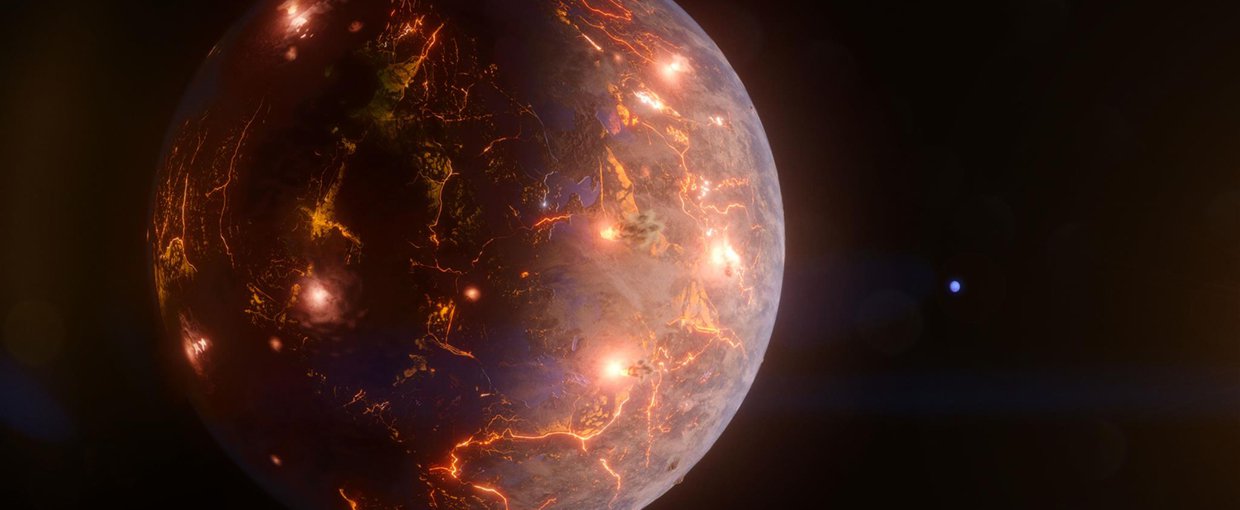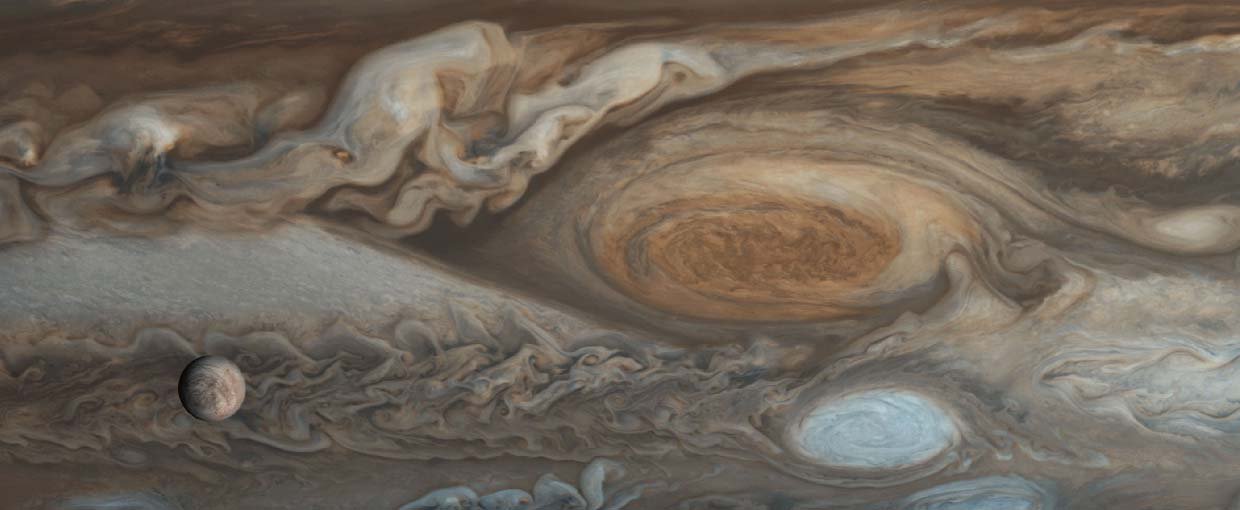Li, X., Gilhooly, W. P., Zerkle, A. L., Lyons, T. W., Farquhar, J., Werne, J. P., … Varela, R. (2010). Geochimica et Cosmochimica Acta, 74(23), 6764–6778. doi:10.1016/j.gca.2010.08.020
Oleson, T. A., & Sahai, N. (2010). Journal of Colloid and Interface Science, 352(2), 316–326. doi:10.1016/j.jcis.2010.08.056
Oleson, T. A., Sahai, N., & Pedersen, J. A. (2010). Journal of Colloid and Interface Science, 352(2), 327–336. doi:10.1016/j.jcis.2010.08.057
Petrov, A. S., Bowman, J. C., Harvey, S. C., & Williams, L. D. (2010). RNA, 17(2), 291–297. doi:10.1261/rna.2390311
Quan, D., Herbst, E., Osamura, Y., & Roueff, E. (2010). The Astrophysical Journal, 725(2), 2101–2109. doi:10.1088/0004-637x/725/2/2101
Schütte, M., Skupin, A., Segrè, D., & Ebenhöh, O. (2010). Chaos: An Interdisciplinary Journal of Nonlinear Science, 20(4), 045115. doi:10.1063/1.3530440
Shkolnik, E. L., Liu, M. C., Reid, I. N., Dupuy, T., & Weinberger, A. J. (2010). The Astrophysical Journal, 727(1), 6. doi:10.1088/0004-637x/727/1/6
Solomon, S. C. (2011). Physics Today, 64(1), 50. doi:10.1063/1.3541945
Trail, D., Thomas, J. B., & Watson, E. B. (2010). American Mineralogist, 96(1), 60–67. doi:10.2138/am.2011.3506
Weinberger, A. J., Becklin, E. E., Song, I., & Zuckerman, B. (2010). The Astrophysical Journal, 726(2), 72. doi:10.1088/0004-637x/726/2/72



